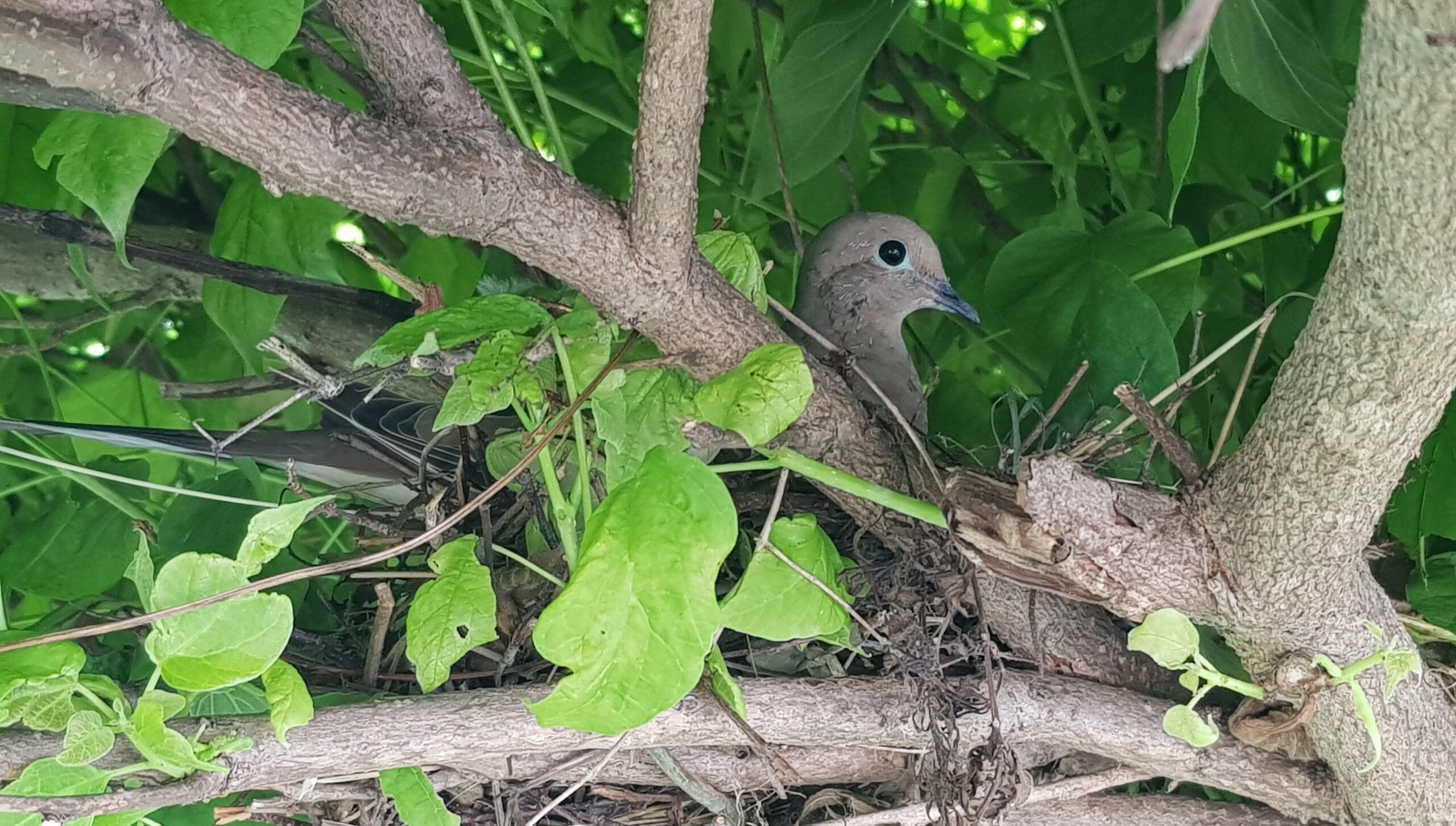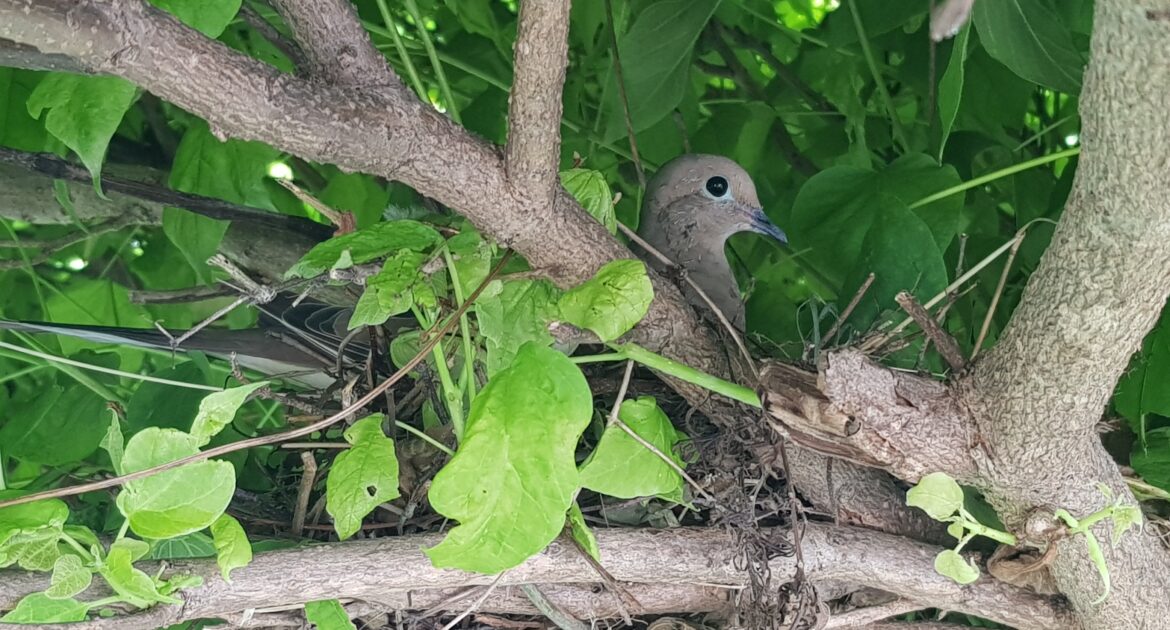Have you noticed birds building nests around your home? While their songs may be lovely and their presence can add charm to the outdoors, birds nesting in your home can lead to challenges you’d rather avoid. From property damage to health hazards, these feathered occupants can become more than just an inconvenience.
Understanding bird nesting habits and what makes your home attractive to them is the first step in preventing nesting problems. More importantly, if birds have already moved in, reaching out to professionals like Skedaddle Humane Wildlife Control in Pickering ensures the issue is resolved safely and effectively.
Why Do Birds Nest in Homes?
For birds, finding a safe, comfortable spot to raise their young is a top priority. Unfortunately, modern urban environments often strip away their natural nesting spaces, leaving homes as an attractive alternative. Features like gaps in siding, overgrown greenery, and accessible food or water sources can all turn your property into a prime location for bird nesting.
Here’s how your home may unintentionally invite birds–and what you can do to minimize their interest.
Common Entry Points for Birds
Small openings around your home can serve as irresistible entry points for certain bird species. Birds are experts at spotting safe, hidden spots to build their nests. Here are a few areas they frequently target:
- Soffits and Vents: Birds often seek out these overlooked spots, especially when they remain unsealed or uncapped.
- Chimneys: Some species, like swifts, find chimneys ideal as they mimic deep, hollow tree trunks.
- Roof Edges and Gutters: Loose shingles, broken tiles, or clogged gutters can create just enough space for a bird to settle.
By regularly inspecting and sealing vulnerable areas, you reduce your home’s appeal to nesting birds. Use durable materials like mesh covers for vents and one-way doors for chimneys to keep birds out without harming them.
Features That Attract Birds to Your Home
Accessible Food Sources
One of the biggest drivers for bird activity around homes is food. Birds are resourceful and will take advantage of any scraps you leave behind. Here’s what to watch for:
- Unsealed Garbage Bins: Birds will scavenge from unsecured trash or compost bins, especially if there’s food waste inside.
- Pet Food Left Outdoors: Pet bowls left on porches or patios act as easy food sources. Always clear them away after feeding your animals.
- Bird Feeders Too Close to the House: While providing food for birds can be rewarding, placing feeders near your home encourages birds to nest nearby.
To minimize attraction, secure all food sources. This includes choosing wildlife-resistant garbage lids, placing bird feeders away from walls and windows, and avoiding scattered seeds or leftovers that might draw them in.
Water Sources
Like food, water availability is another major factor in bird nesting habits. Small pools of standing water can quickly become bird magnets.
- Clogged Gutters: Rainwater pooling in clogged gutters provides an easy water source for birds.
- Decorative Water Features: Birdbaths, fountains, or other standing water sources in your yard can also keep birds close.
- Puddles: Even temporary water collection in your yard can entice birds to linger.
Make it a habit to inspect and clean gutters, drain unused outdoor containers, and manage landscape drainage to discourage birds from settling nearby.
Shelter
Dense vegetation or manmade structures around your home can provide ideal shelter for birds. Overgrown bushes, trees near windows, or unscreened balconies and eaves offer safety and cover.
Trim green areas regularly to reduce nesting spots, and ensure built structures like awnings or pergolas are clean and maintained. This creates a less inviting environment for nesting birds while keeping your yard tidy.
The Risks of Bird Infestations
Health Hazards
Birds might seem harmless, but their presence can introduce health risks. Their droppings can harbor harmful pathogens like salmonella, while abandoned nests may attract mites or parasites. Breathing in particles from dried droppings can also lead to respiratory illnesses.
Structural Damage
Over time, nests can damage your home. Built from twigs, leaves, and debris, they can block vents or gutters, leading to clogs and water backups. Birds nesting in chimneys risk causing dangerous blockages or fire hazards.
Noise and Mess
A bird’s constant chirping, paired with feathers and droppings littering the area, can become a source of frustration for homeowners. The mess they leave behind often requires thorough cleanup.
Why DIY Solutions Are Not Recommended
When it comes to removing birds from your home, DIY solutions are not only ineffective but also potentially harmful. Removing nests without proper precautions can damage your property or trap birds inside, leading to further complications. Additionally, federal wildlife laws protect many bird species, making it illegal to disturb active nests in some cases.
By contacting Skedaddle Humane Wildlife Control in Pickering, you ensure that the issue is handled professionally and humanely. Our experts use specialized techniques, like one-way doors, to remove birds safely while preventing their return.
Preventing Nesting Problems
The good news is that preventing birds from nesting doesn’t require major renovations. With a few strategic changes, you can make your home less attractive to potential nesters.
6 Steps to Prevent Birds from Nesting
- Inspect Your Home Regularly: Look for gaps in siding, soffits, vents, and chimneys. Seal these openings with durable materials.
- Secure Food Sources: Cover garbage bins and compost tightly. Keep pet food bowls indoors after meals and move bird feeders away from your home.
- Eliminate Water Pools: Clean out blocked gutters and remove standing water sources like unused containers or birdbaths.
- Trim Greenery Around the House: Keep trees, shrubs, and hedges near your home well-trimmed to eliminate cover.
- Install Barriers: Add protective measures, like vent covers or mesh screens, to block areas where birds might nest.
- Clear Old Nests: Once nests are inactive, safely remove materials and sanitize the area to discourage repeat visits.
When to Call Skedaddle Humane Wildlife Control
If birds have already started nesting in your home, don’t wait to address the situation. Skedaddle in Pickering is ready to help, offering humane wildlife removal services tailored to your needs. Our team of trained experts ensures that birds and their nests are removed safely, adhering to legal protections.
We don’t stop at removal. Our services include sealing up vulnerable entry points, cleaning affected areas, and implementing long-term strategies to keep your home bird-free.
Comprehensive Solutions, Local Expertise
Working with Skedaddle means getting peace of mind. With years of experience in Pickering and beyond, we understand the unique challenges local homeowners face and provide effective, humane solutions to protect your property.
Don’t let birds turn your home into their nesting spot. Contact Skedaddle Humane Wildlife Control today for a consultation or quote. Together, we’ll ensure your property stays protected while keeping birds safe and away.




